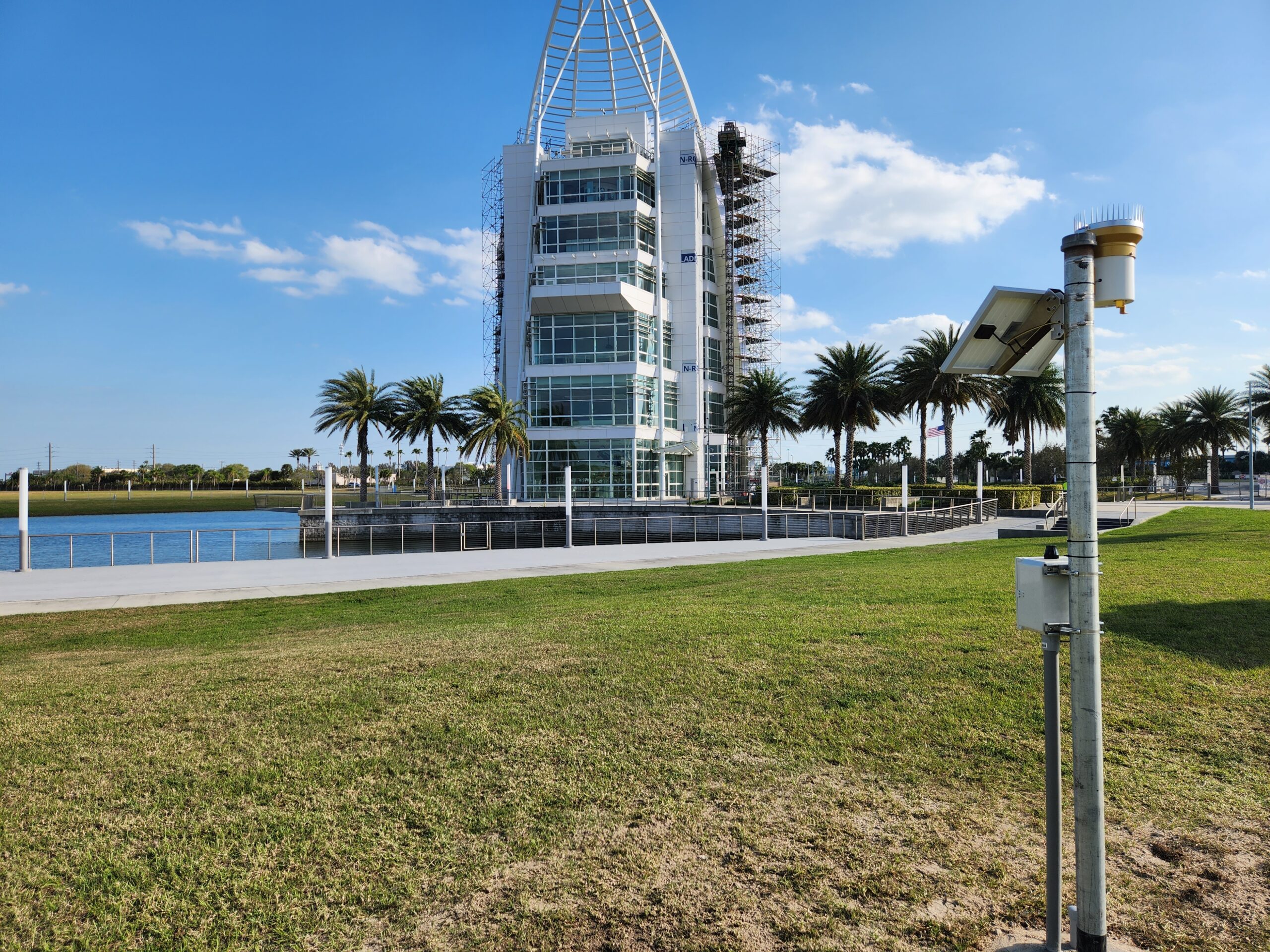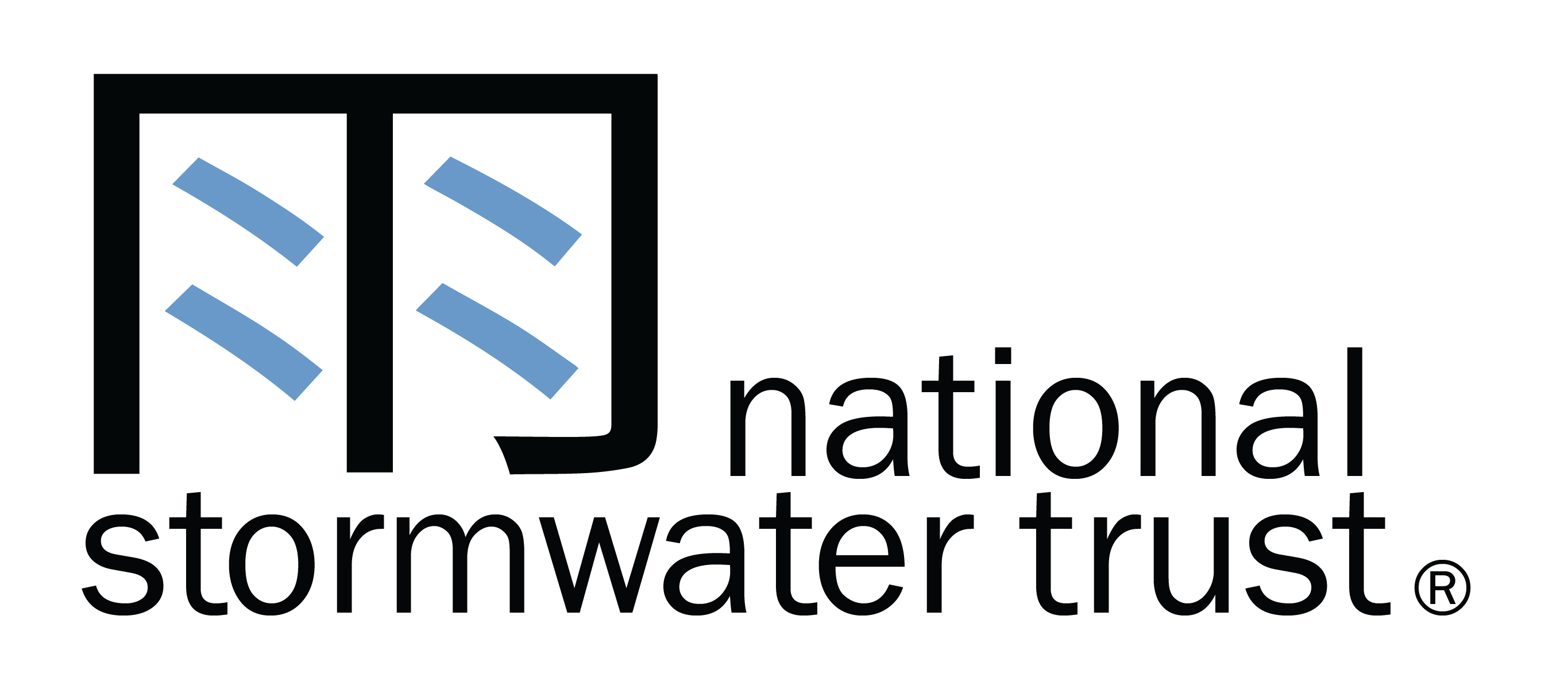
Seaport executives, energy leaders and environmental experts gathered in Tampa Bay for the inaugural summit of the American Association of Port Authorities Port Opportunities with Energy, Resilience and Sustainability (POWERS) summit for a deeper dive on emerging sustainability solutions in the port industry.
Florida stormwater and water resources expert Jeff Littlejohn took center stage during the summit to share how National Stormwater Trust (NST) is helping Florida seaports improve water quality while also protecting against flooding with smart stormwater management technology.
In Florida, resiliency is key to protecting seaports.
Sunshine, beaches and low taxes often attract new residents and visitors to Florida, but this southern, peninsular state also receives some of the nation’s most extreme weather events. From heat to raging hurricanes like Hurricane Ian, extreme weather events are a threat that stretches from Florida’s sandy white beaches to the global supply chain.
Understanding that seaports are the gateway for America’s economy, many Florida seaports have seized upon opportunities to further strengthen their resiliency against extreme weather events, and they’re doing so while ensuring that nearly 100 percent of their available land can continue to be used to meet the unprecedented expansion of containerized cargo calling on these ports.
For example, Port Tampa Bay, JAXPORT, SeaPort Manatee, and Port Canaveral, all members of the Florida Ports Council, have teamed up with NST to utilize Smart Pond stormwater technology to improve water quality and flood protection.
Here’s how it works: a Smart Pond is connected to live weather forecast data and uses that information to control valves to lower its water level before a storm arrives. While the sun is still shining, it can drain itself to increase its flood storage capacity.
“During Hurricane Ian, the water level in our National Stormwater Trust Smart Pond was automatically lowered by almost four feet before the first hurricane bands began to impact the region. That extra storage enabled the capture of over 175,000 cubic feet of untreated stormwater, preventing its discharge into the neighboring community and nearby Tampa Bay,” said Paul Anderson, CEO, Port Tampa Bay.
